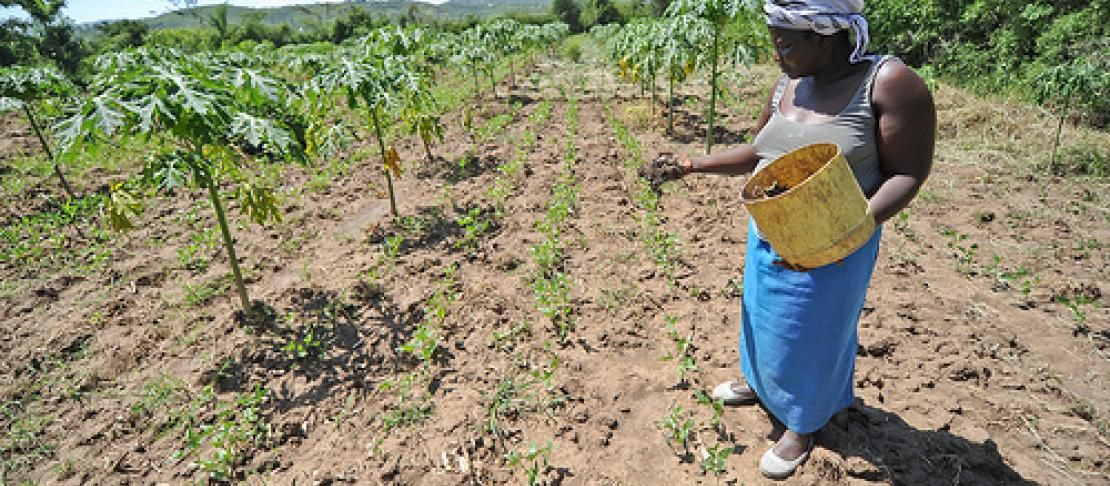Climate change means putting agricultural options to the test - faster than ever before

by Kristi Foster
Blog from UNFCCC climate negotiations in Germany
While food security, climate change adaptation and mitigation are arguably the greatest challenges faced by humanity today, that doesn’t mean they need to be tackled separately.
“We see tremendous potential for climate change to be a transformative issue in agriculture, to take us where we actually needed to be anyway,” said Elwyn Grainger-Jones, Director of the Environment and Climate Division of the International Fund for Agricultural Development (IFAD) at a recent side event hosted by the Food and Agriculture Organization of the United Nations (FAO).
According to Grainger-Jones, climate change gives the push needed to focus on the interconnections between natural ecosystems, on reducing inorganic inputs and waste, on weather risk-management and on long-term scenario planning. “This is stuff that we need to help smallholder farmers do anyway. Really what climate change means is that we need to do it faster,” he said.
The side event ‘Food Security and Climate Change – Ways forward for strengthening resilience and building synergies between adaptation and mitigation’ explored the technologies, practices, planning, policies and investment options available for transforming landscapes and food systems, focusing on synergies between adaptation and mitigation at the country level.
One of the most striking themes that emerged was the need to shift our thinking away from viewing adaptation and mitigation as separate challenges. Grainger-Jones described adaptation and mitigation as two lenses, rather than two separate approaches, arguing that many of the initiatives with enormous contributions to mitigation – from better crop management systems, new crop varieties and agroforestry to better water management and improved efficiency in the food value chain – aren’t done for mitigation reasons, but rather for adaptation, development or other goals.
Read the rest of the story on the World Agroforestry blog.
During the session, the Climate-Smart Agriculture Sourcebook was launched. The Sourcebook is a tool developed by FAO and mutliple partners, including the CGIAR Research Program on Climate Change, Agriculture and Food Security (CCAFS), aiming to support planners, practitioners and policy-makers in implementing climate-smart agriculture locally or nationally.
This story was prepard by Kristi Foster, Communications and Research consultant at the World Agroforestry Centre (ICRAF). Read additional UNFCCC climate conference blogs from Bonn, Germany.